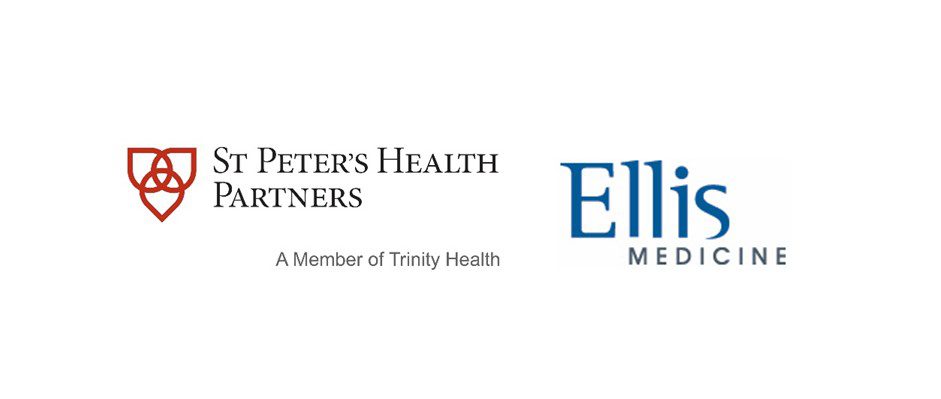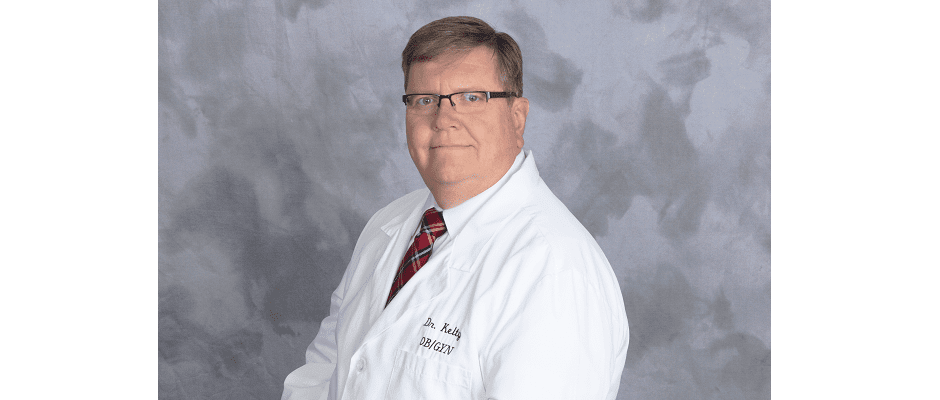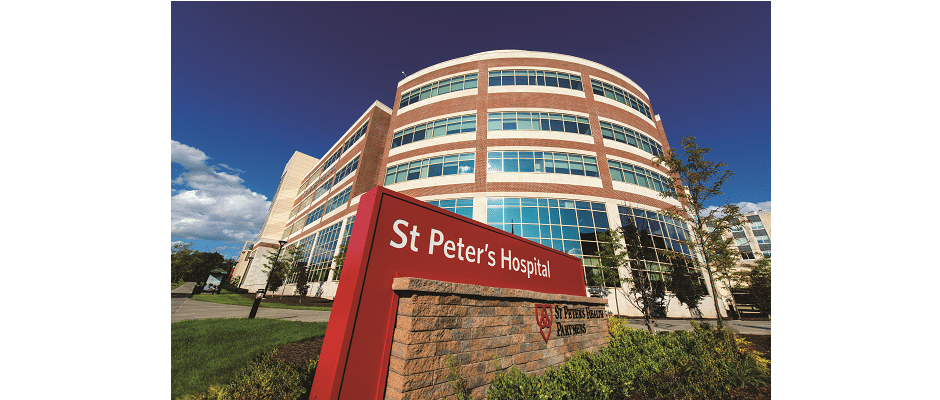
The Albany Times Union interviewed James K. Reed, M.D., president and CEO of St. Peter’s Health Partners (SPHP), and Paul Milton, Ellis Medicine CEO, for its article on the Provider Transition Agreement signed between Ellis Medicine and SPHP.
Under the agreement, 170 clinicians from Ellis will transition to employment within St. Peter’s Health Partners Medical Associates.
From the article:
The Provider Transition Agreement allows the clinicians — which include physicians, physician assistants and nurse practitioners currently affiliated with Ellis Medical Group — to become employees of St. Peter’s Health Partners Medical Associates, which currently has nearly 700 physicians and other practitioners providing care throughout the region.
Ellis Medicine CEO Paul Milton said the transition will allow the smaller Schenectady-based medical group to address longstanding issues it has had with retention and recruitment.
“If someone retires or someone relocates, it’s just gotten harder and harder over the years to fill those positions,” he said.
Being an employee of St. Peter’s, which is a member of the national Catholic health system Trinity Health, will help, he said. Trinity employs about 115,000 people in 22 states, including 11,000 in the Capital Region.
“Many physicians primarily coming out of fellowship or residency programs are looking for some scale, some size … it gives us a real leg up here on the Ellis side of things to be able to retain and recruit providers going forward,” Milton said.
Ellis patients will see no disruption in services and can continue to see their same providers in the same locations under the arrangement, leaders from both hospitals have said. The providers are currently spread across seven different inpatient and outpatient settings in the Capital Region.
“From a patient’s perspective they’ll still have their same provider, their same physician, so the continuity of care will still be there,” Milton said.
Dr. James Reed, president and CEO of St. Peter’s, said the physician-run governance structure of the medical group is especially alluring to new recruits.
“They have their own board, their own board officers, board committees, joint operating committees, which are the groups that decide at the local level how things are going to be done,” he said. “So they have a great deal of control over what they do and how they practice, which being a physician myself that’s very important to physicians to be part of that kind of organization.”
Click here to read the full article.





